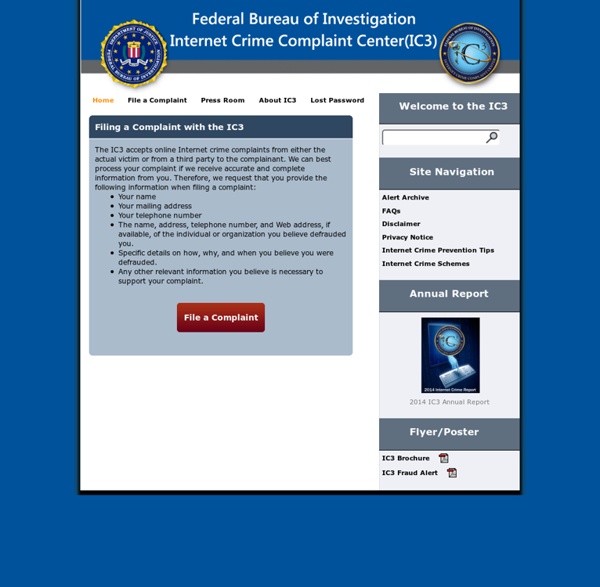



WebTrends Glossary A code in the “status” field of a log file that identifies the success, failure, and other characteristics of a transfer of data from a server to a browser. Also called Return Code. 100 = Success: Continue 101 = Success: Switching Protocols 200 = Success: OK 201 = Success: Created 202 = Success: Accepted 203 = Success: Non-Authoritative Information 204 = Success: No Content 205 = Success: Reset Content 206 = Success: Partial Content 300 = Success: Multiple Choices 301 = Success: Moved Permanently 302 = Success: Found 303 = Success: See Other 304 = Success: Not Modified 305 = Success : Use Proxy 307 = Success : Temporary Redirect 400 = Failed: Bad Request 401 = Failed: Unauthorized 402 = Failed: Payment Required 403 = Failed: Forbidden 404 = Failed: Not Found 405 = Failed: Method Not Allowed 406 = Failed: Not Acceptable 407 = Failed: Proxy Authentication Required 408 = Failed: Request Time-out 409 = Failed: Conflict 410 = Failed: Gone 411 = Failed: Length Required 412 = Failed: Precondition Failed
Looks Too Good To Be True Schneier on Security New E-Scams & Warnings - FBI To report potential e-scams, please go the Internet Crime Complaint Center and file a report. Note: the FBI does not send mass e-mails to private citizens about cyber scams, so if you received an e-mail that claims to be from the FBI Director or other top official, it is most likely a scam. If you receive unsolicited e-mail offers or spam, you can forward the messages to the Federal Trade Commission at spam@uce.gov. Below are some recent scams and warnings. Holiday Shopping Tips 11/26/13—The FBI reminds holiday shoppers to beware of cyber criminals who are out to steal money and personal information. While monitoring credit reports on an annual basis and reviewing account statements each month is always a good idea, consumers should keep a particularly watchful eye on their personal credit information at this time of year. Bank transactions and correspondence from financial institutions should also be closely reviewed. When shopping online, make sure to use reputable sites.
Xplore Abstract (References) - Security threats in cloud computing Cloud computing is set of resources and services offered through the Internet. Cloud services are delivered from data centers located throughout the world. Cloud computing facilitates its consumers by providing virtual resources via internet. General example of cloud services is Google apps, provided by Google and Microsoft SharePoint. The rapid growth in field of “cloud computing” also increases severe security concerns.
WhyCall.Me Heartbleed Logo representing the Heartbleed bug, created by Finland's Codenomicon company. The logo and the name "Heartbleed", which also originates from the company, have contributed to public awareness of the issue.[1][2] Heartbleed is a software bug in the open-source cryptography library OpenSSL. At its public disclosure, on April 7, 2014, some 17 percent (around half a million) of the Internet's secure web servers certified by trusted authorities were believed to have been vulnerable to the attack, allowing theft of the servers' private keys and users' session cookies and passwords.[3][4][5][6][7] The issue is registered in the Common Vulnerabilities and Exposures system as CVE-2014-0160.[8] History[edit] The Heartbeat Extension for the Transport Layer Security (TLS) and Datagram Transport Layer Security (DTLS) protocols is a proposed standard specified by RFC 6520, published in February 2012. On March 21, 2014 Bodo Moeller and Adam Langley of Google wrote a patch that fixed the bug. Patch[edit]
Network Security Blog